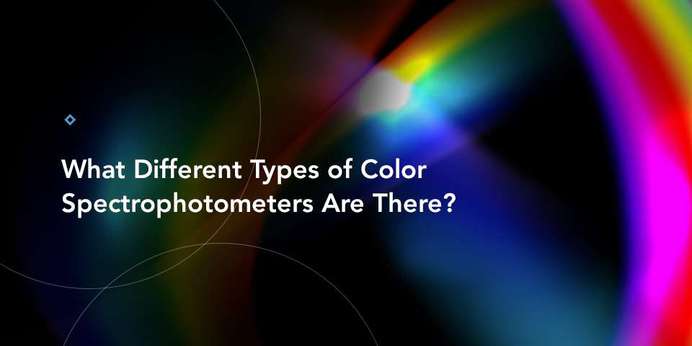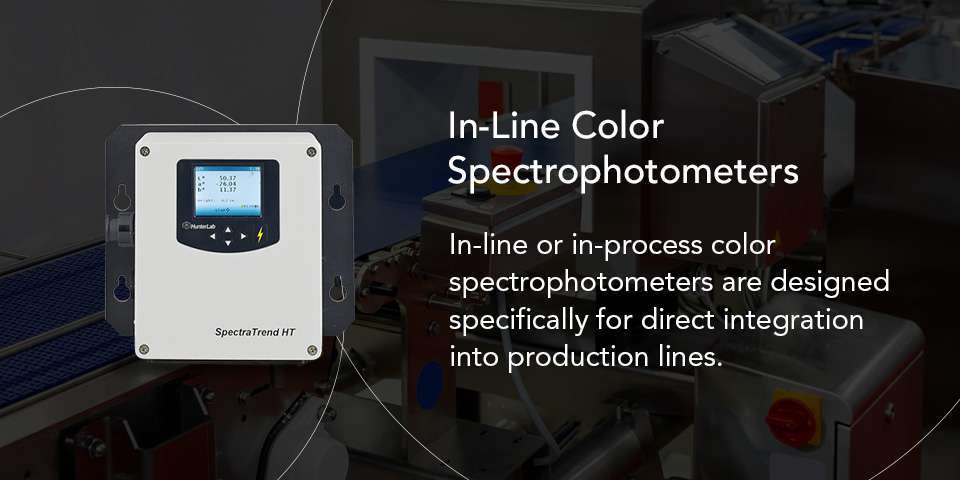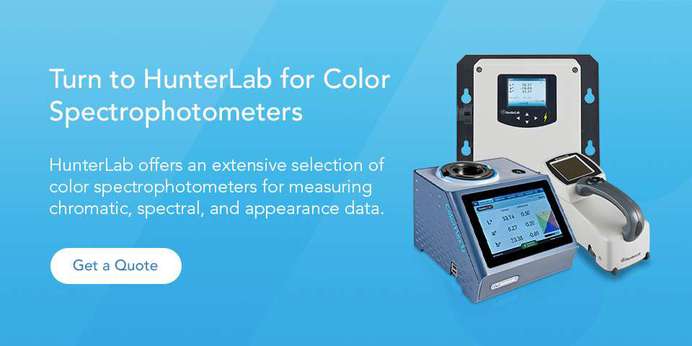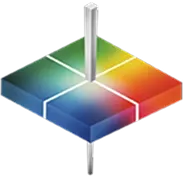
As the ideal solution for analyzing sample color, spectrophotometers are essential equipment for quality, research, and forensic labs worldwide. These powerful devices capture critical data about a substrate's properties to help quantify or categorize it accurately. Spectrophotometers contain a spectrometer, which detects and measures wavelengths using sensors to break down the energy into its components. They also include a light source that emits energy into the sample.
Different types of spectrophotometers exist, each with distinct functions and ideal applications, including color spectrophotometers that help ensure color and appearance quality and consistency. These are specialized solutions designed exclusively to measure color within the visible spectrum between about 360 and 780 nanometers — the wavelengths of light the human eye can perceive. Color spectrophotometers come in multiple styles and employ different optical configurations to provide precise color and spectral data.
What Is a Color Spectrophotometer Used For?
Color spectrophotometers are invaluable in any application where quantifying color according to a set of numerical values is crucial to quality and product appearance. Common spectrophotometer uses and industries include the following.
Food and Beverage Manufacturing
Appearance is an important quality indicator in buying decisions, and spectrophotometers help food manufacturers ensure their products fall within acceptable color expectations to entice consumers. Color can also signify a food's suitability for safe consumption and influence perceptions of flavor, freshness, and nutrition. Food manufacturers rely on spectrophotometers to quantify chromatic data for products ranging from snack foods to dairy-based items, fruits and vegetables, and edible oils.
Color plays an equally pivotal role in beverage production, where it helps establish the commercial quality of coffee and the clarity of bottled water according to industry scales.
Plastic Manufacturing
Plastics manufacturers face unique color challenges as industry regulations evolve. Natural yellowing during virgin production calls for the use of optical brighteners to overcome. With more and more governmental mandates for higher post-consumer recycled content, finding the ideal mix to achieve the desired color repeatedly is an ongoing issue for most. Color spectrophotometers help companies in the plastics industry identify and maintain the optimal balance needed for quality, compliance, and appearance.
Chemical Processing
Samples in the chemical processing industry range from opaque powders to translucent or transparent liquids, with some being substantially costly. Accurate chemical mixing is also paramount to safety. Color spectrophotometers enable professionals in this industry to ensure quality and safety by helping identify physical properties and adhere to strict tolerances.
Other Industries
Additional industries relying on color spectrophotometers for capturing chromatic and spectral data include:



